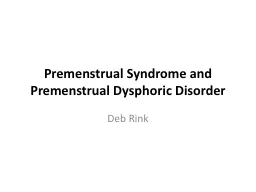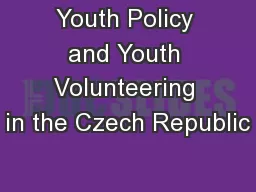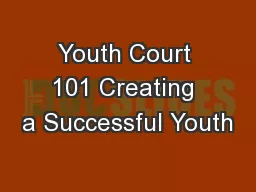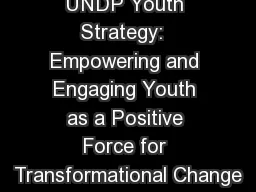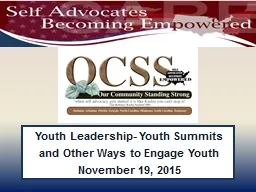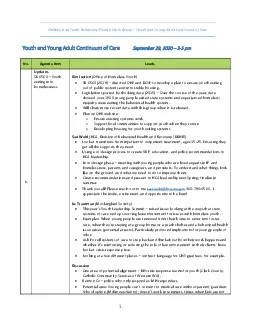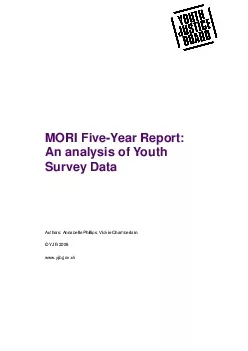PPT-Irritability in Youth
Author : aaron | Published Date : 2020-01-15
Irritability in Youth Katharina Kircanski PhD Emotion and Development Branch National Institute of Mental Health October 20 2018 No conflicts to disclose Research
Presentation Embed Code
Download Presentation
Download Presentation The PPT/PDF document "Irritability in Youth" is the property of its rightful owner. Permission is granted to download and print the materials on this website for personal, non-commercial use only, and to display it on your personal computer provided you do not modify the materials and that you retain all copyright notices contained in the materials. By downloading content from our website, you accept the terms of this agreement.
Irritability in Youth: Transcript
Download Rules Of Document
"Irritability in Youth"The content belongs to its owner. You may download and print it for personal use, without modification, and keep all copyright notices. By downloading, you agree to these terms.
Related Documents


